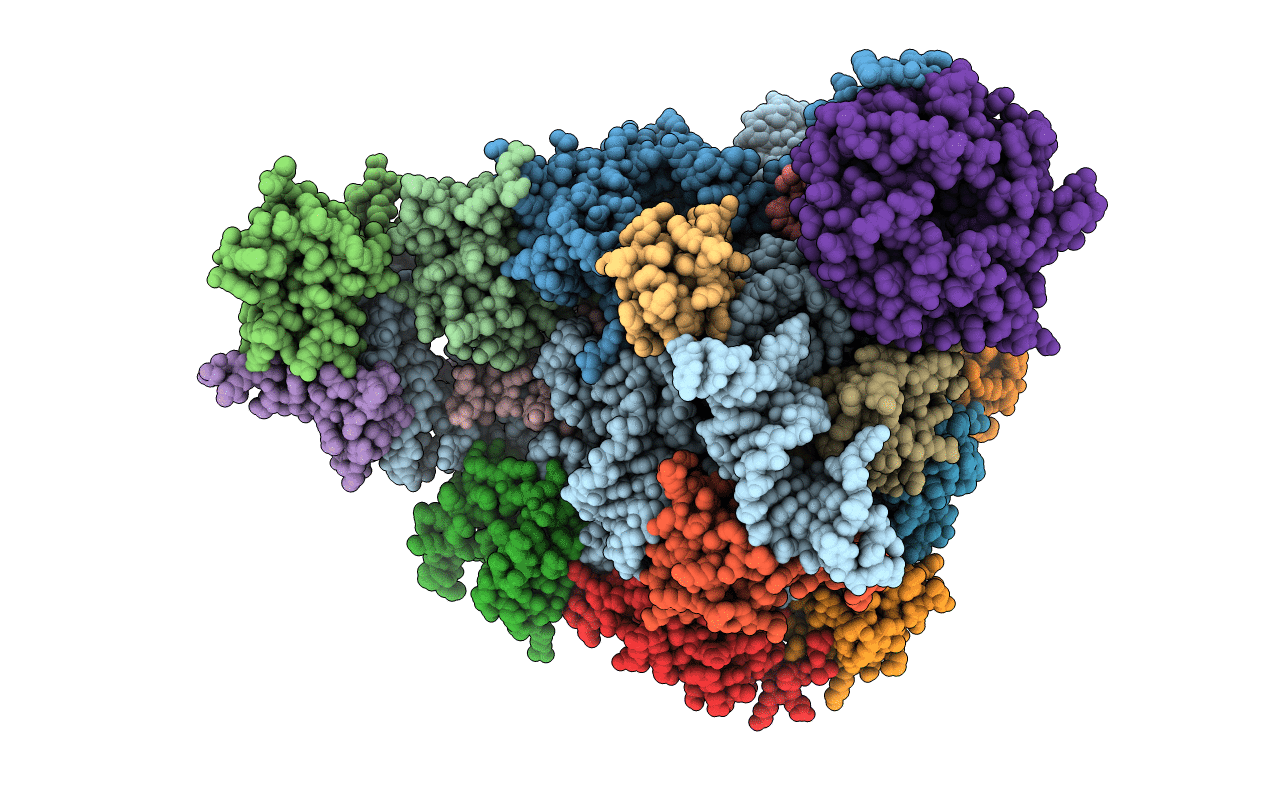
Deposition Date
2020-07-07
Release Date
2020-07-22
Last Version Date
2025-07-02
Method Details:
Experimental Method:
Resolution:
2.80 Å
Aggregation State:
PARTICLE
Reconstruction Method:
SINGLE PARTICLE


